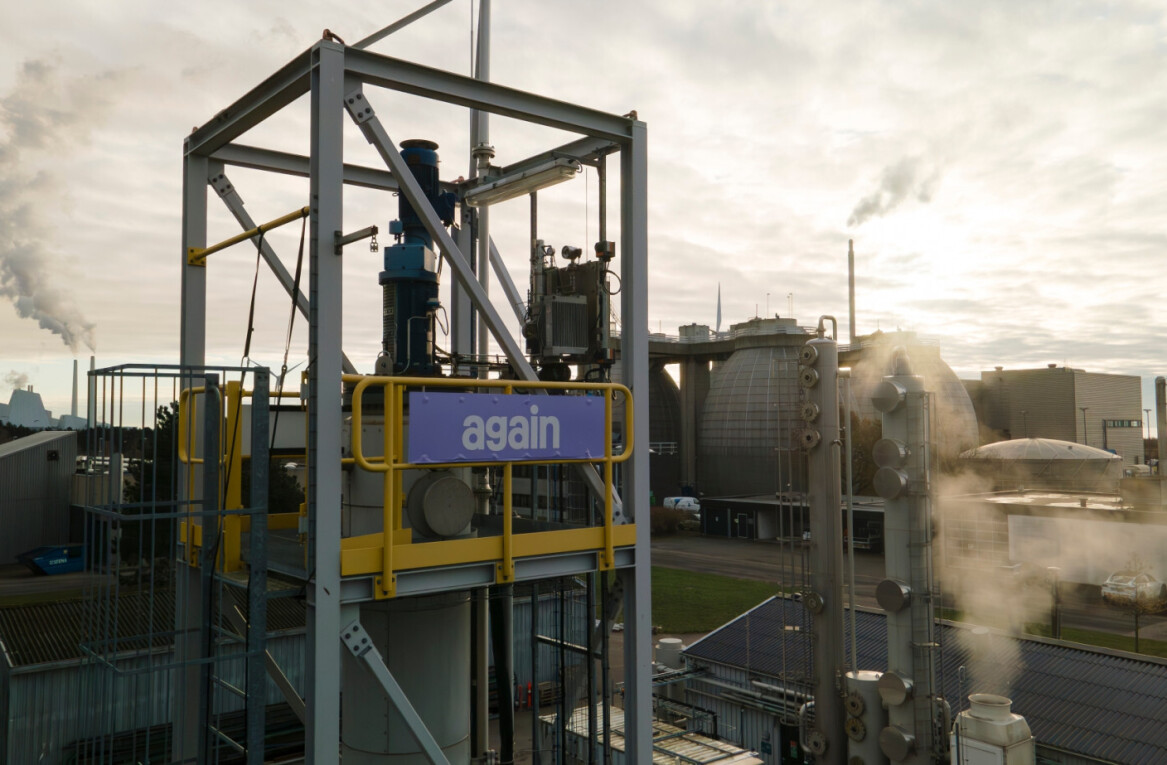
The importance of brand building has increased significantly in recent years. There are two main reasons why. On the one hand, today’s organizations must show an attitude in order to be successful. On the other hand, good design and the creation of an attractive experience are increasingly becoming the decisive factor in the market.
For Aaron Rasmussen, founder of the learning platforms Masterclass and Outlier.org, we are currently even entering the golden age of design. More than ever before, successful branding provides orientation and differentiation in the market, it allows customers and employees to identify themselves with organizations and eventually generates real, measurable value.
Even though most founders are aware of the importance of brand building, many prefer to postpone it “until later.” Especially in their early stages, startups often experience major changes such as fundamental adjustments to their business model. They are just too busy to deal with branding or the budget is prioritized differently.
However, postponing the development of your brand is not an option, because all conscious and unconscious decisions of your organization will have an influence on it, with positive and negative consequences.
It’s simply impossible not to have a brand. Even young companies should therefore take the reins right from the start rather than leaving the subject of brand building to chance or even to their competition.
But what is the best way to approach building your brand as a startup? In contrast to more mature companies and large corporates, there is no need for an elaborate, complex process. However, it pays off to consider the following five steps from the very beginning:
‘Minimum Viable Brand’
Your brand is a story that translates everything about your organization into a tangible and visible reality. However, constant changes based on ever new insights are part of a startup’s daily life.
In analogy to the MVP in the product area, brand building should be approached dynamically. Your ‘Minimum Viable Brand’ consists of fixed strategic core elements and corporate values, but is able to adapt to changes in target groups, markets, and value propositions.
When your business strategy changes, the brand also needs to be adapted — either fundamentally or only superficially, for example in its messaging. These adaptations not only support your business model, but also hold team and organization together.
Dynamic design system
Your brand and its visual appearance go together hand in hand. Even if the visual representation and communication should change over time, it’s worth thinking through the most important brand design elements from the very beginning and define them accordingly.
Permanently used names, logos, and basic colors — to which you remain faithful over a certain period of time — will become positive assets for your brand. This way, synergies and clarity in the daily work with the brand and in communication are created right from the start — you’ll save energy and costs in the long term.
The extended brand system, including details such as images, illustrations, or layouts, can always be further developed and the brand will grow step by step as a strong part of the organization.
Holistic approach
Especially as a startup, it’s important to always look at your own brand in its entirety. Only if all visible and invisible elements speak the same language, you’ll be able to build and establish your brand the way you intend to.
For example, it’s not helpful to formulate the perfect brand story and communicate it via one touch point, but express and communicate something completely different to your customers via another touch point. This automatically leads to external and internal incomprehension and will negatively impact your brand.
It’s true: an imperfect but still consistent brand experience across all touch points is more valuable in the long run, than one perfect staging. Even though your brand is “work in progress,” it will remain authentic and true to itself.
Pragmatism across applications
In order to also keep track of expenses, startups should initially focus on the most necessary applications with regard to their brand. Are you at a stage in which an investor pitch deck and a simple website are sufficient, or do you already have to think through the entire experience of your product in detail?
For a young startup with a physical product, a shop template works just as well as an elaborately programmed website, as long as the core idea and basic elements of the brand are implemented accordingly.
In the next step, when it’s clear which brand touchpoints are really decisive for your business, the brand identity can be further developed exactly there. The motto is: go only with what you really need first. As your company “grows up,” the investment in your brand should not only increase, but also become more focused.
Finding a suitable partner
Not everyone needs a large agency or consultancy to take care of building their brand. The decisive factor is your own situation and perspective. In some cases a good freelancer or an experienced in-house designer will do the job.
Decision makers should always make sure to find a partner who understands their startup in all its dimensions — entrepreneurial, strategic, cultural, creative, communicative — and who can advise accordingly and grow with the organization.
This decision therefore has a lot to do with your own gut feeling, in addition to all external conditions. After all, no business partner represents the brand better than the founders themselves.
Get the TNW newsletter
Get the most important tech news in your inbox each week.




